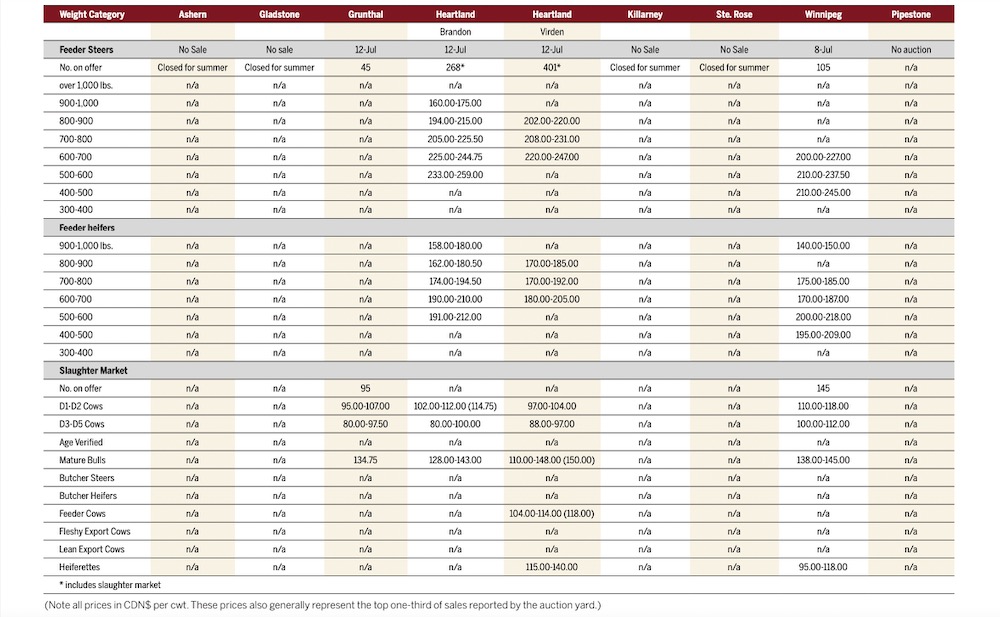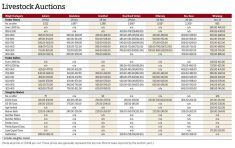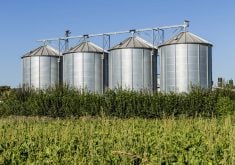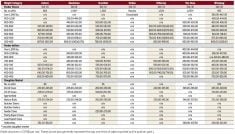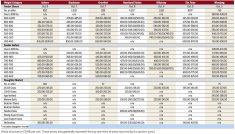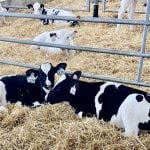The Canadian cattle industry is in the midst of a struggle, says an agribusiness analyst, but midway through a volatile 2022, it does not appear to be defeated.
Brian Perillat from More Than Just Feed at Strathmore, Alta. said the high cost of feed has affected the bottom lines of producers because cattle prices have not covered their shortfalls.
“We’re not seeing any expansion or anything like that,” he said. “Cow marketings continue to be elevated and heifers continue to be going on feed.”
However, Perillat added, there has been great demand for butcher cattle this summer.
Read Also
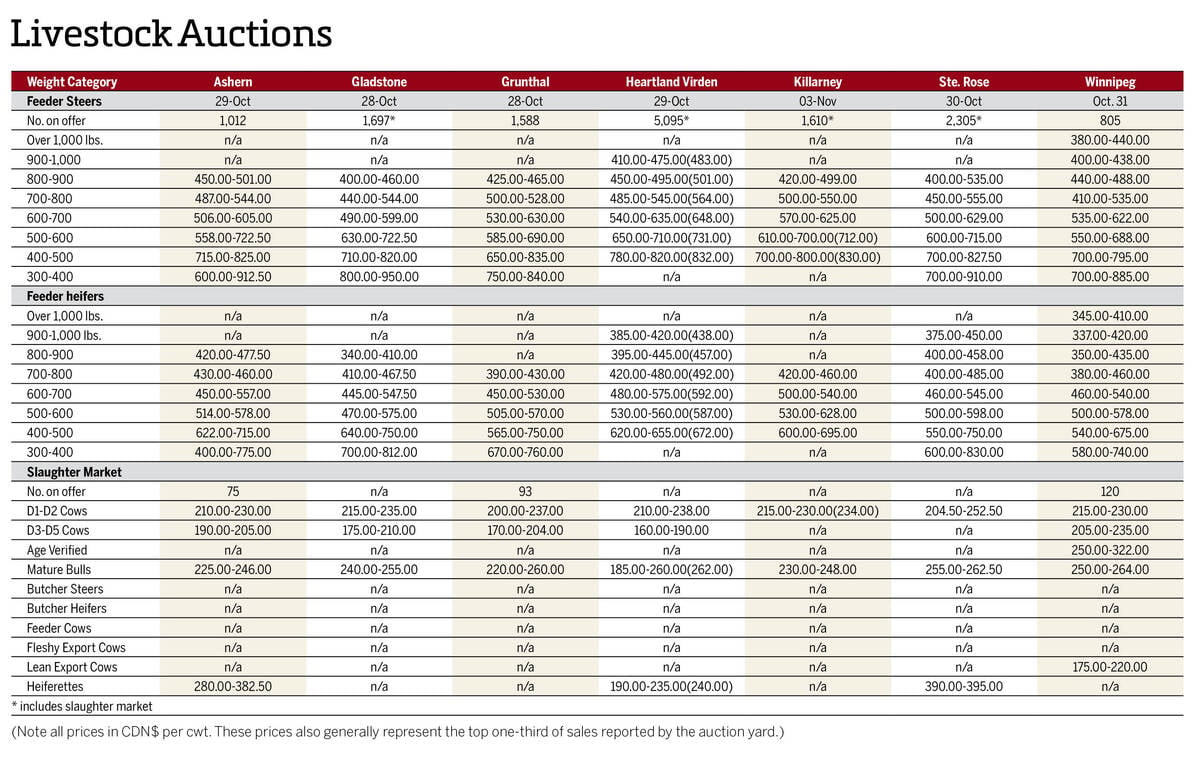
Manitoba cattle prices, Nov. 4
Manitoba cattle sale prices for the week of Oct. 28 to Nov. 4, 2025.
“We’ve seen slaughter rates in North America being strong in both Canada and the United States. We’ve been processing a lot of cattle. We’ve got big, big cattle numbers on feed… (Processing plants) have been clipping along this spring and summer to get through these big numbers. That’s been supporting prices.”
While feeder and cow prices have strengthened over the past year, they are still being pressured by high feed costs, he added, and he is watching for another price-changing factor.
“What’s very volatile is the Canadian dollar. It’s certainly been coming off… and that is supportive for our Canadian calf and feeder cattle prices. If it continues to stay under pressure, that will benefit us going into the fall.”
In anticipation of a potential key interest rate hike by the U.S. Federal Reserve, the Canadian dollar fell to 76.12 cents on July 14, its lowest close since November 2020.
On the Chicago Mercantile Exchange, the August live cattle contract closed at US$135.40 per hundredweight on July 14, just one day after hitting a four-week high of $137.40. Meanwhile, the August feeder cattle contract hit a new high at $181 on July 13, a gain of $11 in two days. The contract closed at $178.90 on July 14.
While alleviated of drought conditions have aided producers, the movement of cattle has also provided support. Earlier in 2022, more animals were being imported to Canada from the U.S. Now Perillat says the U.S. is importing Canadian cattle.
“Our feedlots have had a tough struggle feeding cattle, so they haven’t been that profitable. When we start importing corn and importing cattle from the U.S., it really doesn’t make economic sense,” he said.
“Our feeder cattle prices used to be at a premium to the U.S. and we’ve gone back to a bit of a discount.”
With better weather conditions in Western Canada so far this summer, along with declining grain prices, Perillat said he is optimistic about markets in the next two months.
“I think there’s kind of a bullish tone to the calf and feeder markets in a month or two ahead of the fall run,” he said. “Overall, I think we’ve got some upside potential still on our markets here in the near term.”


